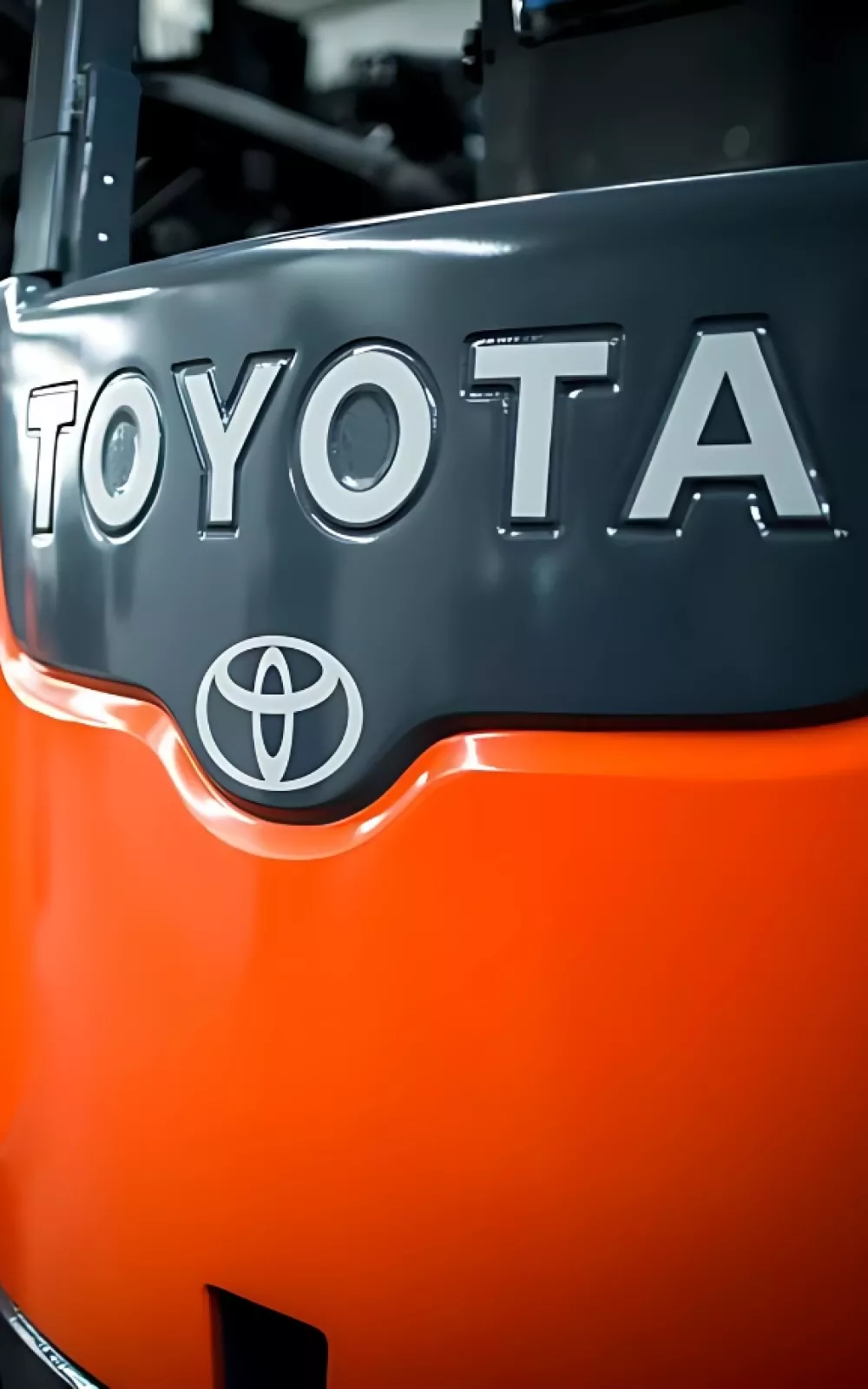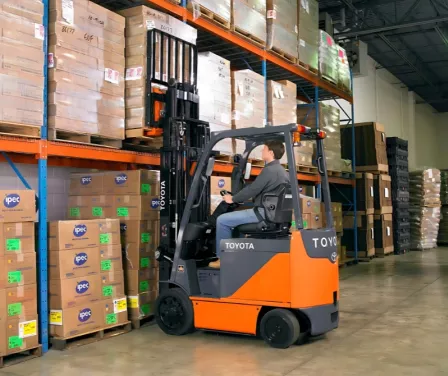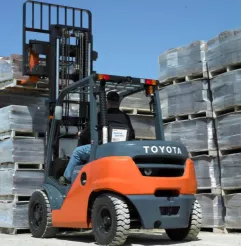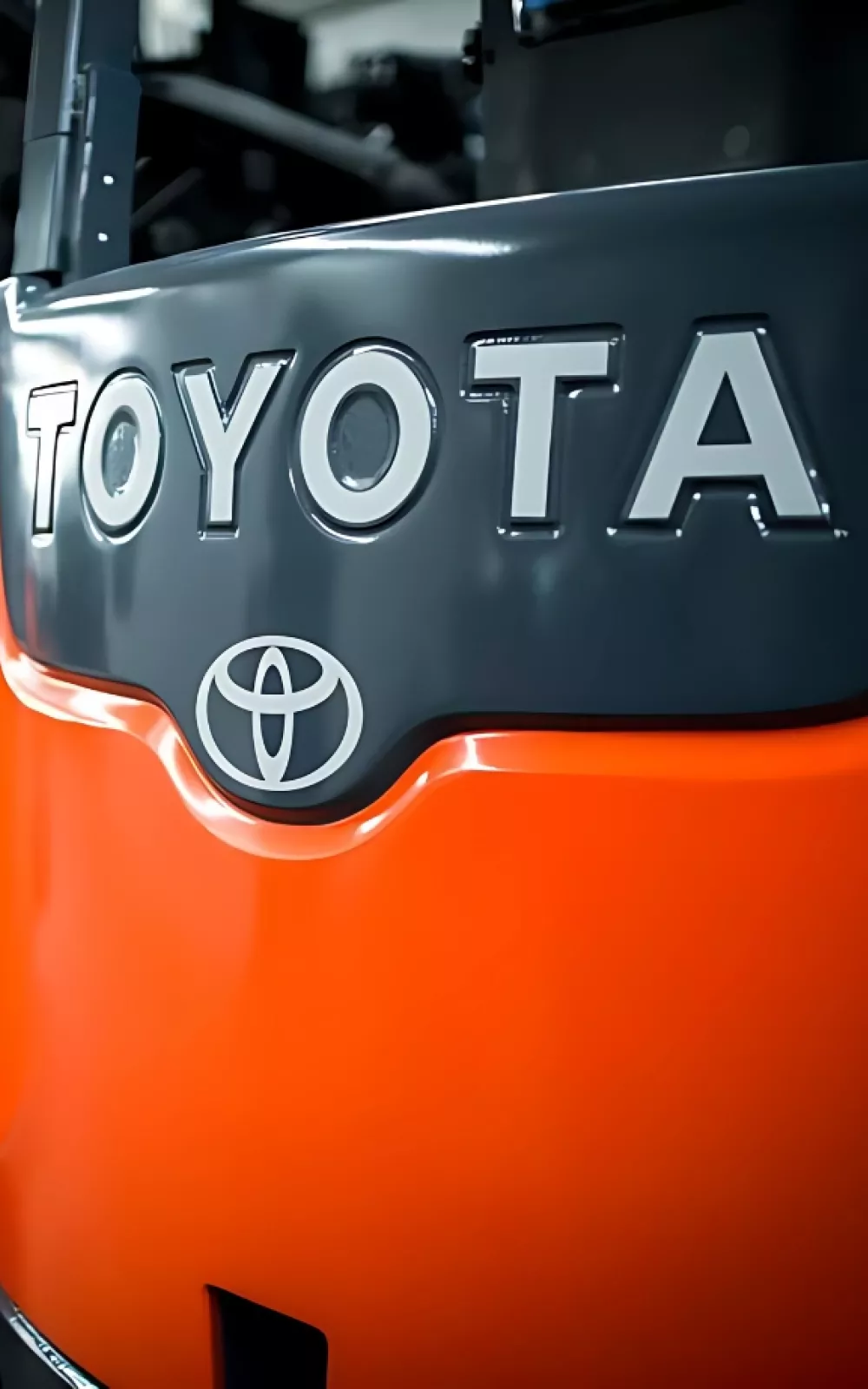Rent
ProLift offers daily, weekly, and monthly rentals. Find the right equipment for maximum productivity and safety.
Let us know how we can assist you! A ProLift specialist will connect with you to help with your material handling needs.

Choosing the right forklift for your operation is crucial to maximizing efficiency and safety. In our latest blog post, let ProLift guide you through the process of finding the best forklift options, considering factors like load capacity, environment, and specific operational needs.

Although there is a perception that forklifts are commodities, no purchase is standard. When designed specifically for your warehouse and application, operators achieve better production. Resolving site specific challenges can by assisted by forklift options.
Consider your current forklift fleet:
A sideshifter is designed to improve load positioning by allowing the operator to move the forks 4" to the right or left. For operators who frequently get off the forklift to manually adjust the forks for different load sizes, a fork positioner can enhance both safety and productivity. This feature adjusts the spacing between the forks, ensuring safer and more efficient load handling.
Forklift mast options focus on the available ceiling height as well as the current or future racking system. Some companies learn their mast height is too low while other have too much, putting them at risk for hitting overhead obstructions like doorways, ceiling fixtures or conveyors.
For optimal stability, the forks should support at least 3/4 of the load. To choose the correct fork length, measure the different types of loads your operators will handle and transport. Additionally, consider the load distribution—if certain areas are heavier than others, this may influence the required fork coverage to ensure safe handling.
Many options such as flashing beacon lights, back-up alarms, fire extinguishers and mirrors are available to increase safety. Understanding the safety requirements of your company can be helpful to narrow the selection. Speaking to your operators about site specific hazards can also provide valuable feedback.
Many companies are reducing the travel speed on their forklift fleet. A popular option related to safety is speed control, especially for warehouses with heavy pedestrian traffic.

The equipment you have may not align with what you need. Collaborate with ProLift sales consultants to review your short- and long-term production goals, budgets, and material handling trends. They’ll provide tailored equipment options and solutions to meet your specific needs.
If your loads contain small parts, operators may experience items falling through the overhead guard. To protect your operator from injury, overhead guards can be fit with a plexiglass cover. For forklifts that run in dirty or high airborne contaminant environments, a radiator screen can be added to prevent clogging.
Some warehouse designs or the load dimensions require frequent reverse driving. This motion can result in back or neck pain for your operator. Combat this issue with a swivel seat. Other helpful options include a rear assist handle and horn button.
If your forklift uses liquid propane (LP), a low fuel indicator decreases the risk of an operator being stranded on the warehouse floor.
An option designed for ergonomics are mini levers. This feature puts the hydraulic controls at the operator’s finger tips, eliminating wasted arm motions associated with standard hydraulic levers.
There are many options available to enhance your forklift’s performance. When purchasing new equipment, it’s the perfect time to assess which features are best suited for your warehouse and specific applications. Begin by asking, "What challenges are we currently facing with our forklift's performance, safety, and reliability?" This will help you identify key points to discuss with a consultant, ensuring your new purchase boosts productivity.
Ready for a forklift demo or interested in upgrading your current equipment? Contact ProLift to connect with an equipment specialist today.
As a full-service material handling dealer, ProLift can help you with questions and solutions for your equipment, service, parts and more. Tell us how we can help.

Let us know how we can assist you! A ProLift specialist will connect with you to help with your material handling needs.
